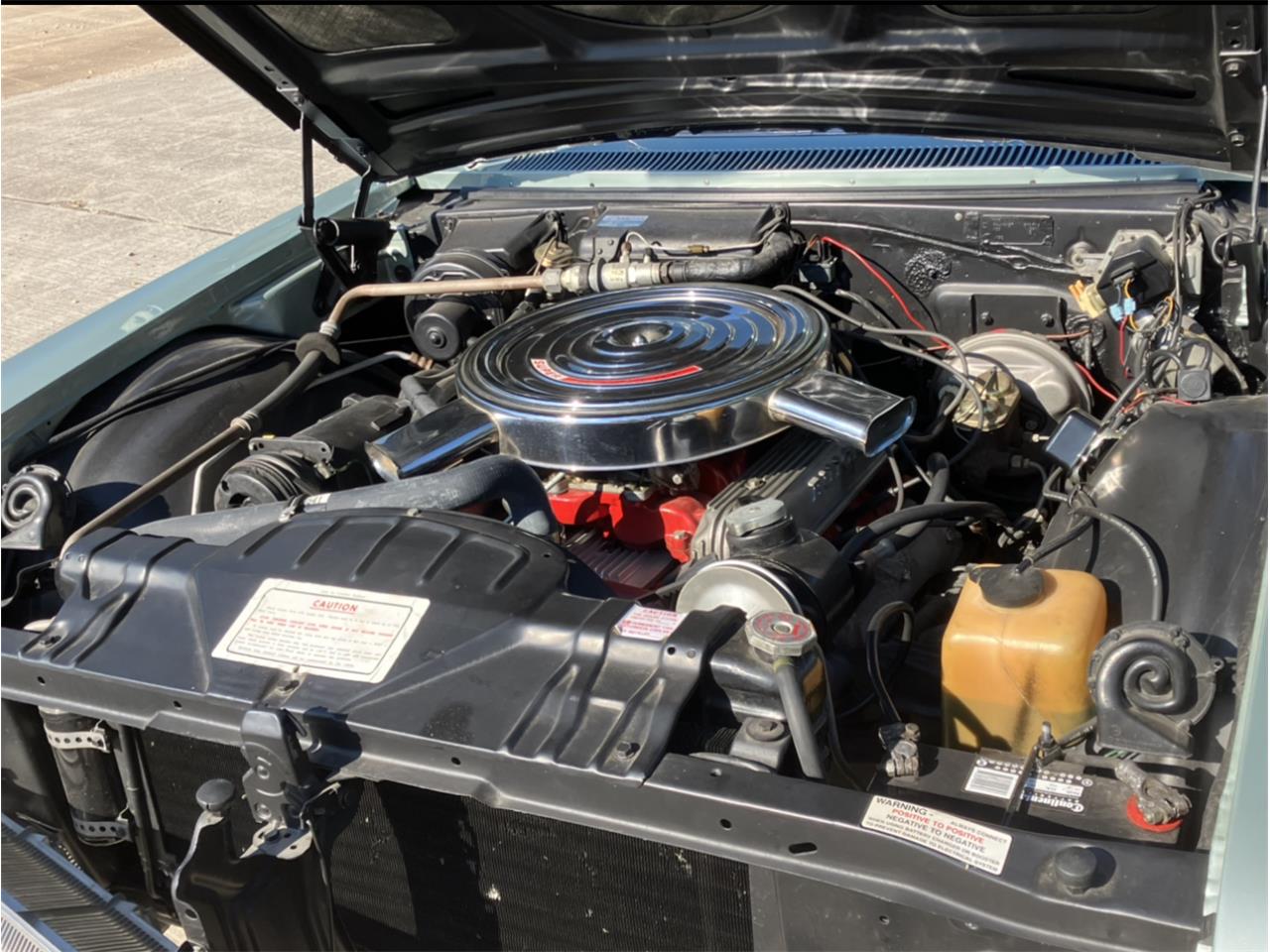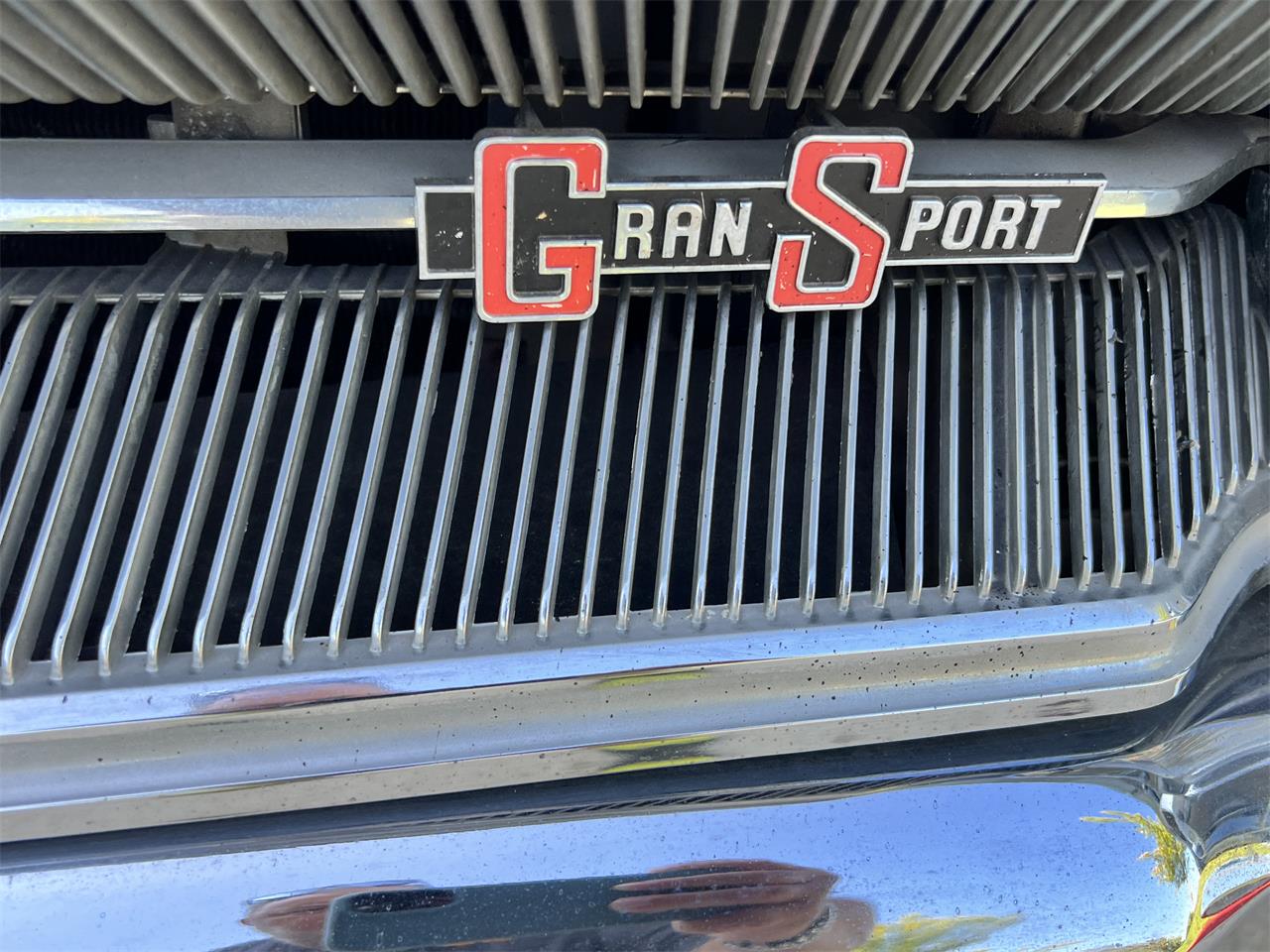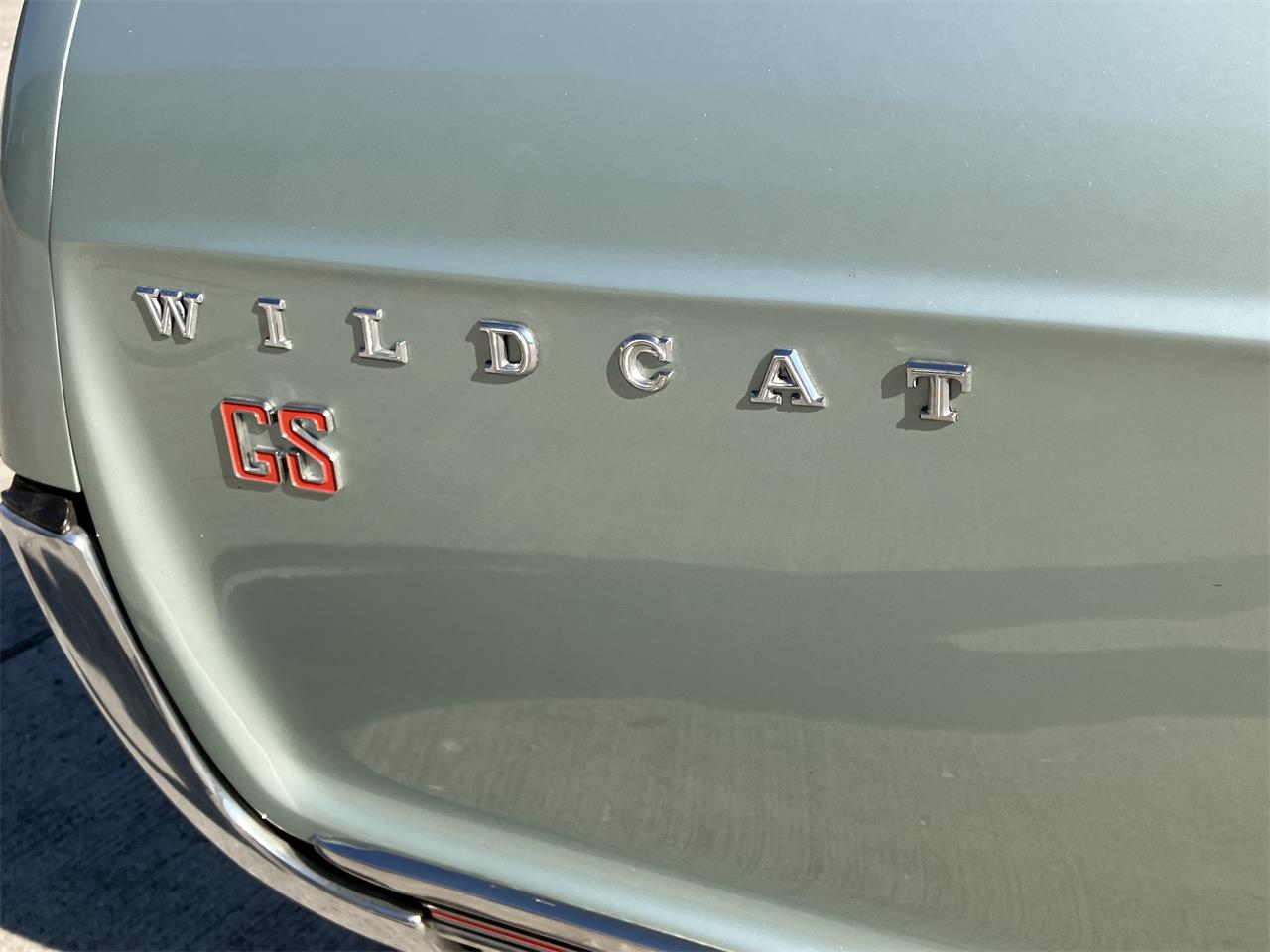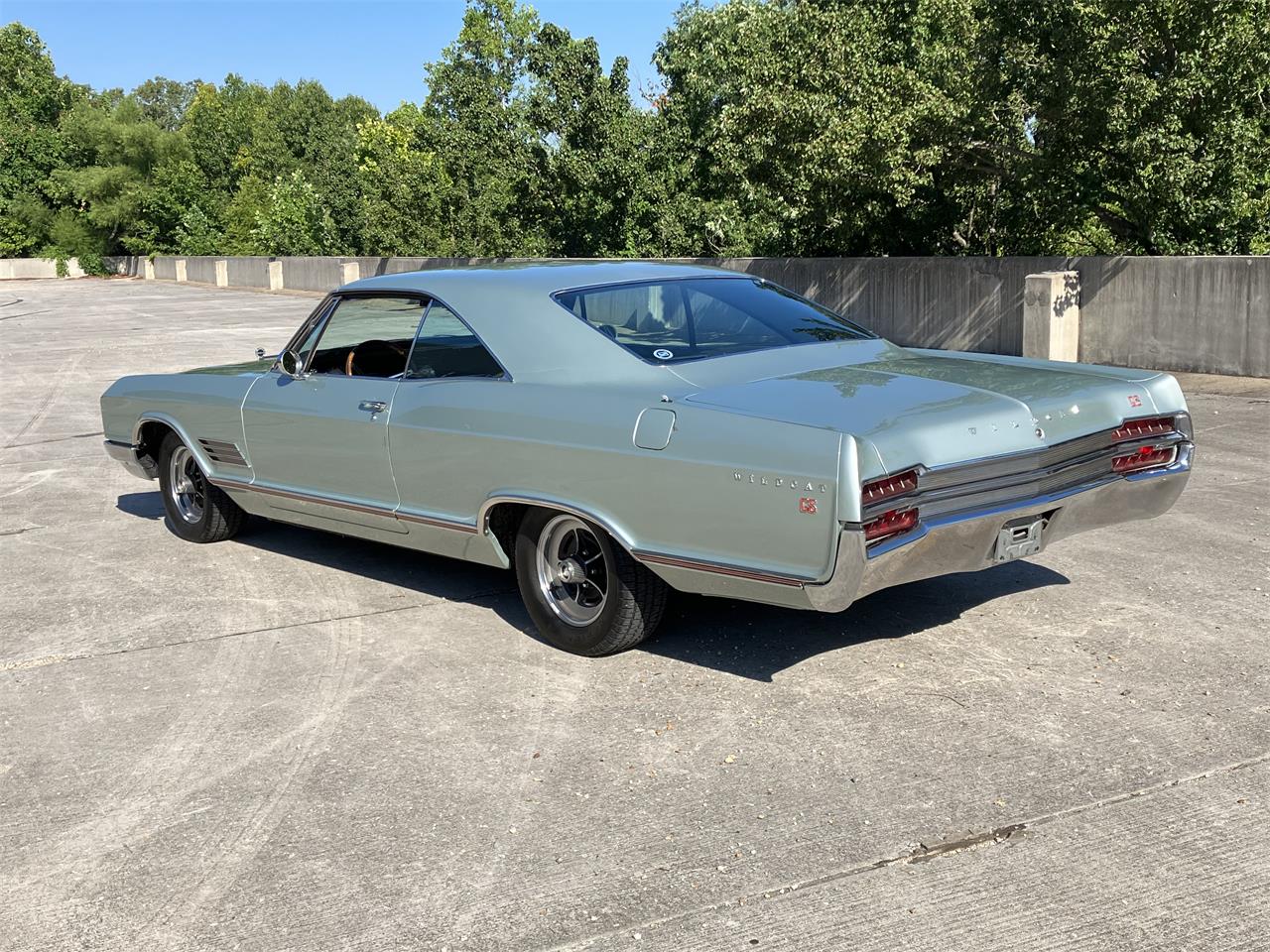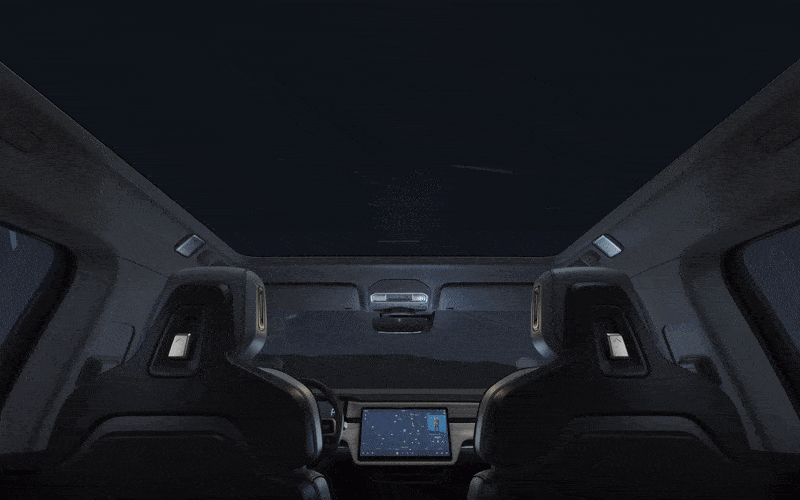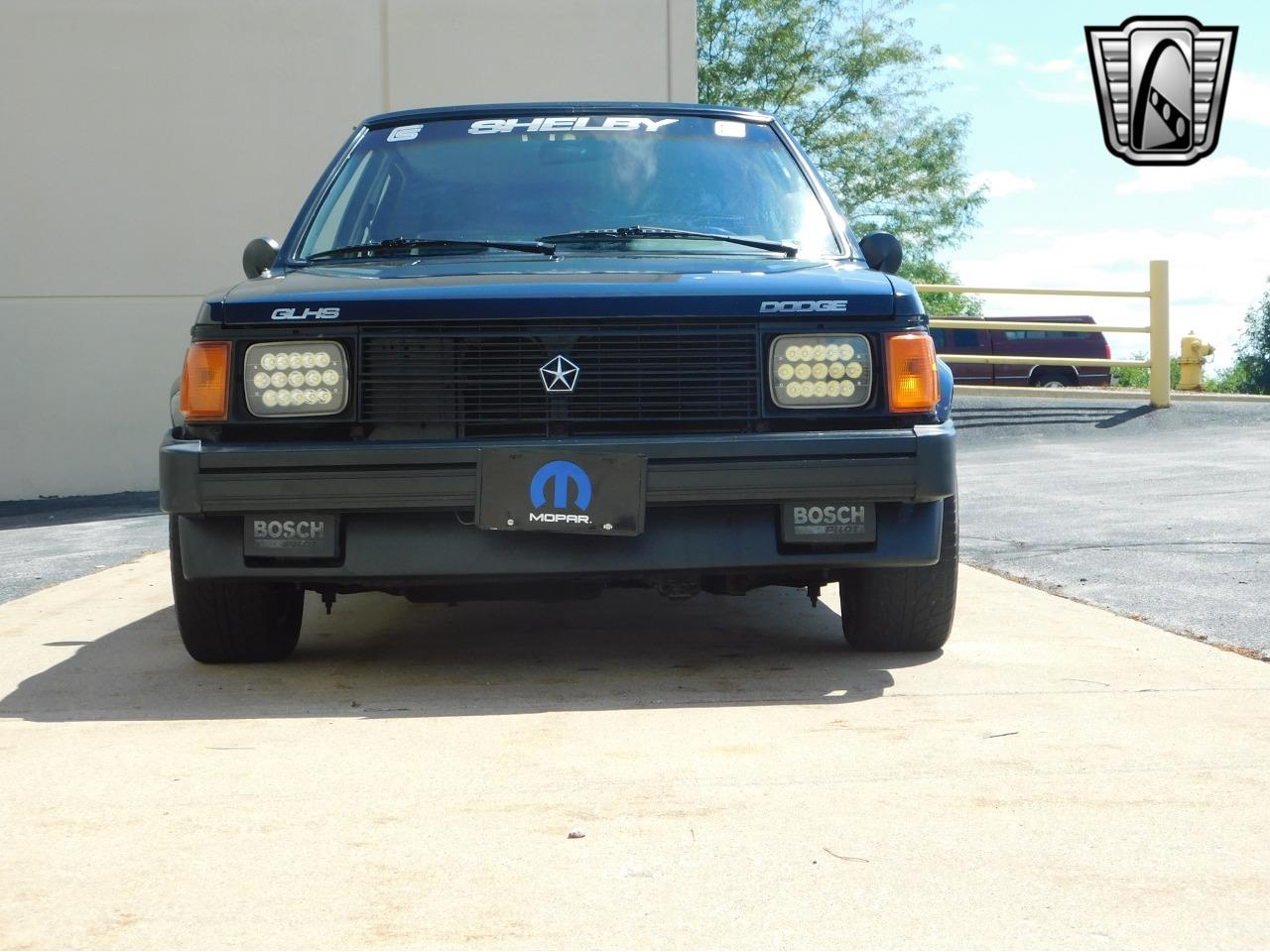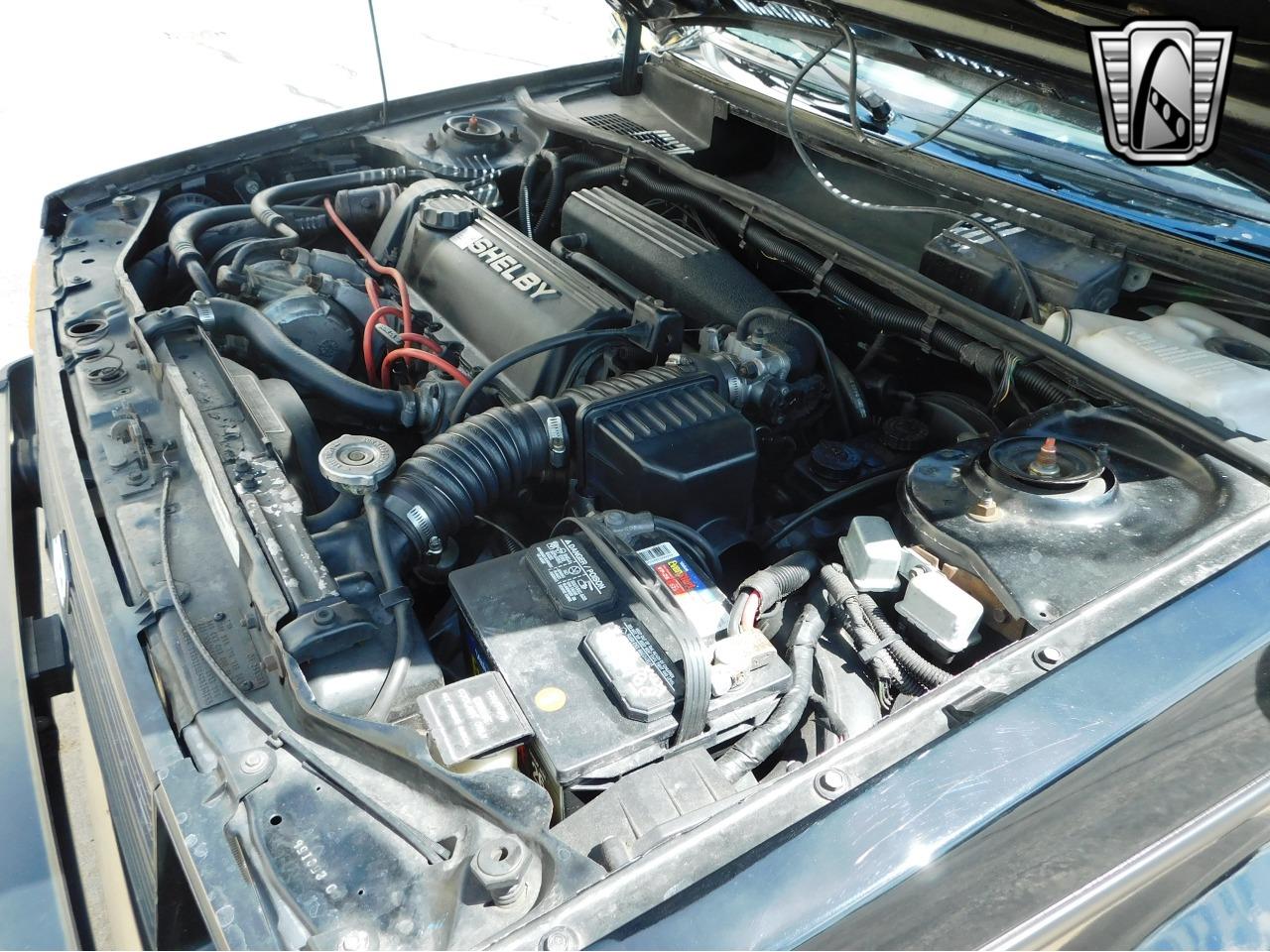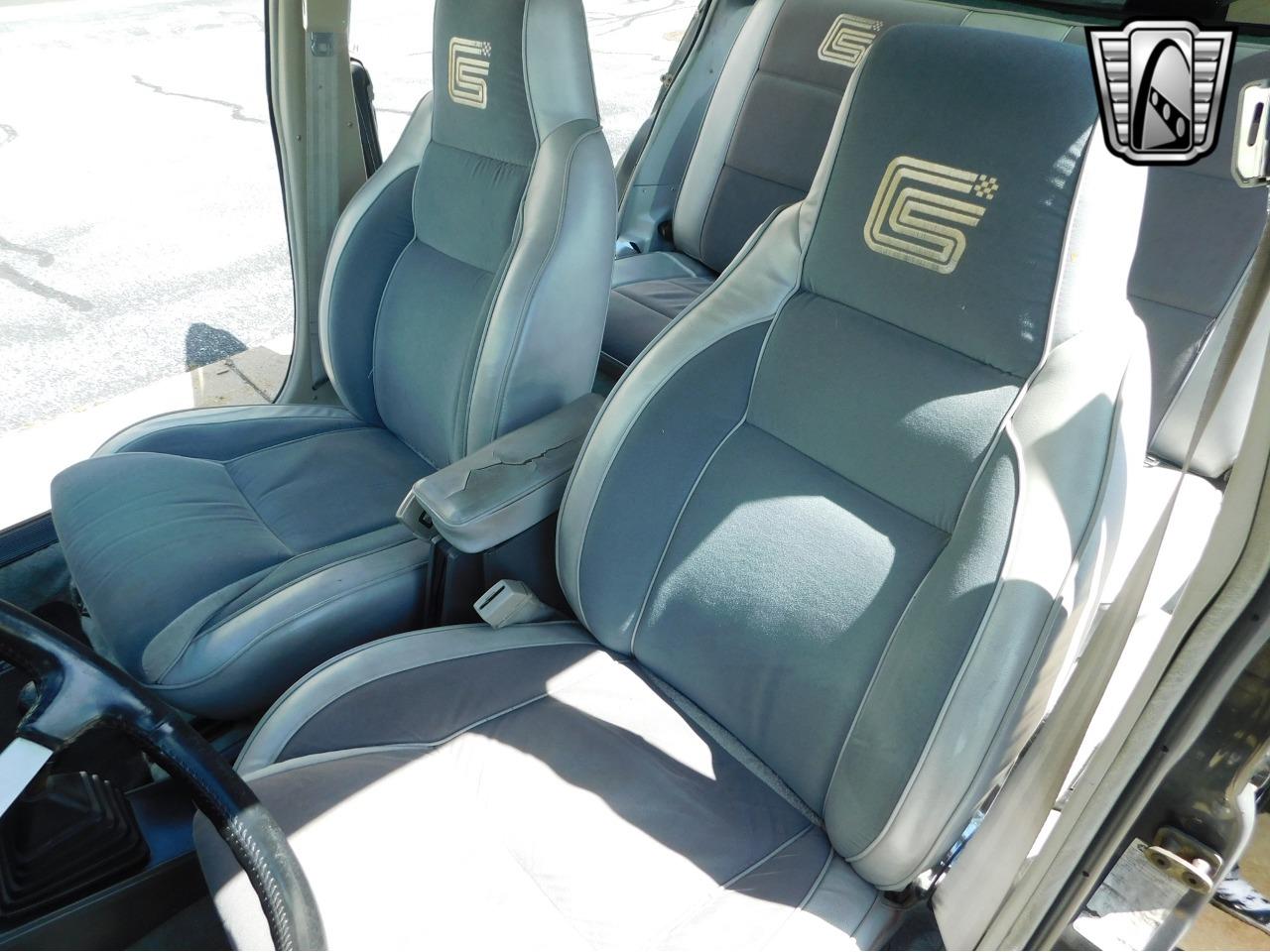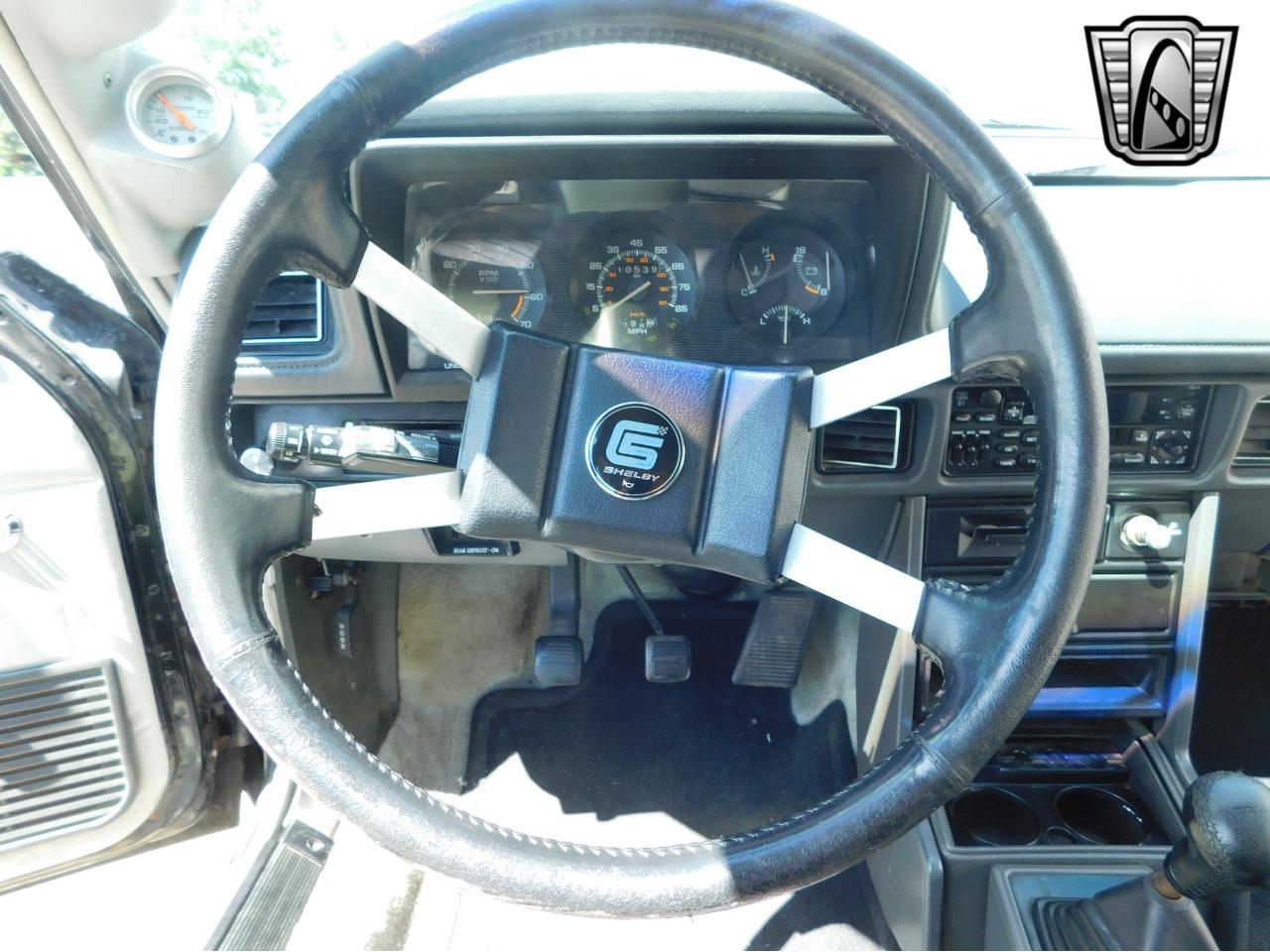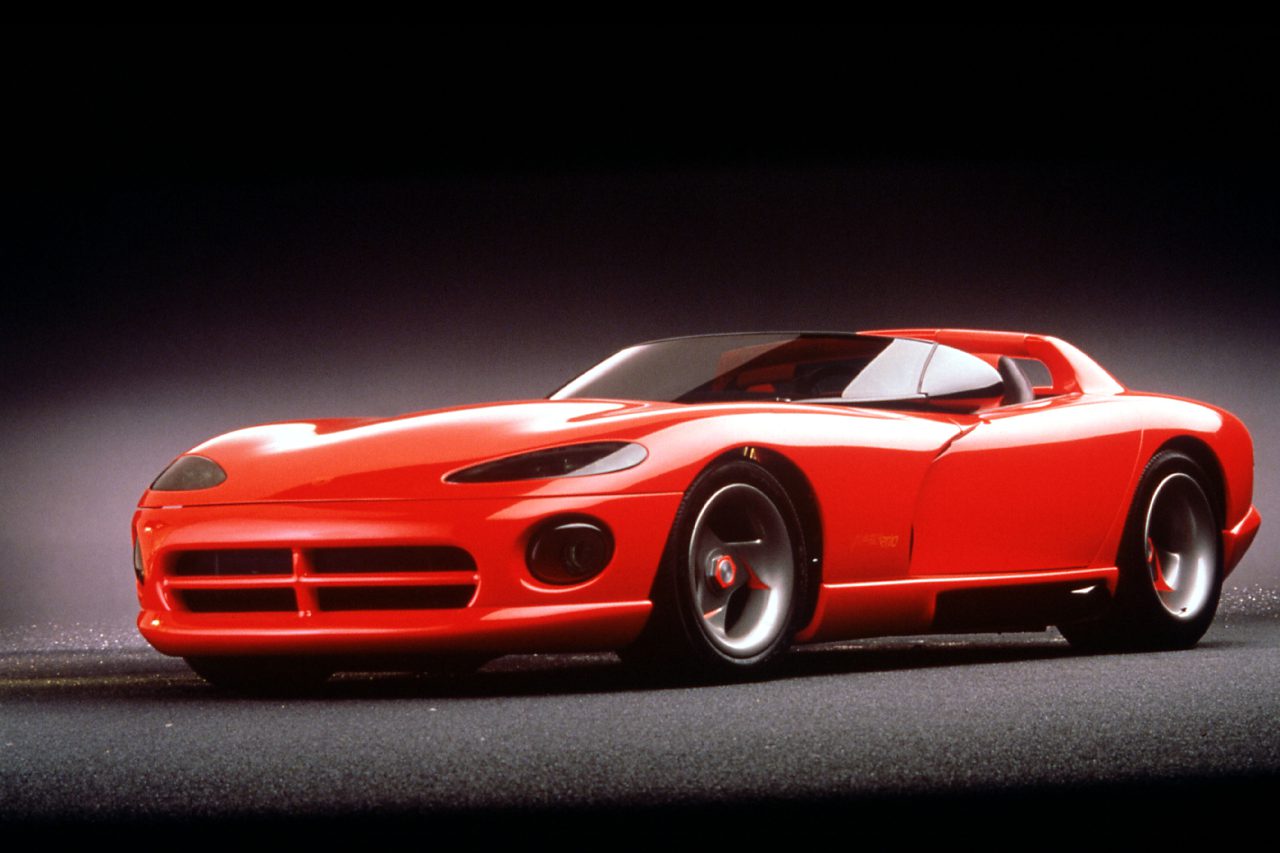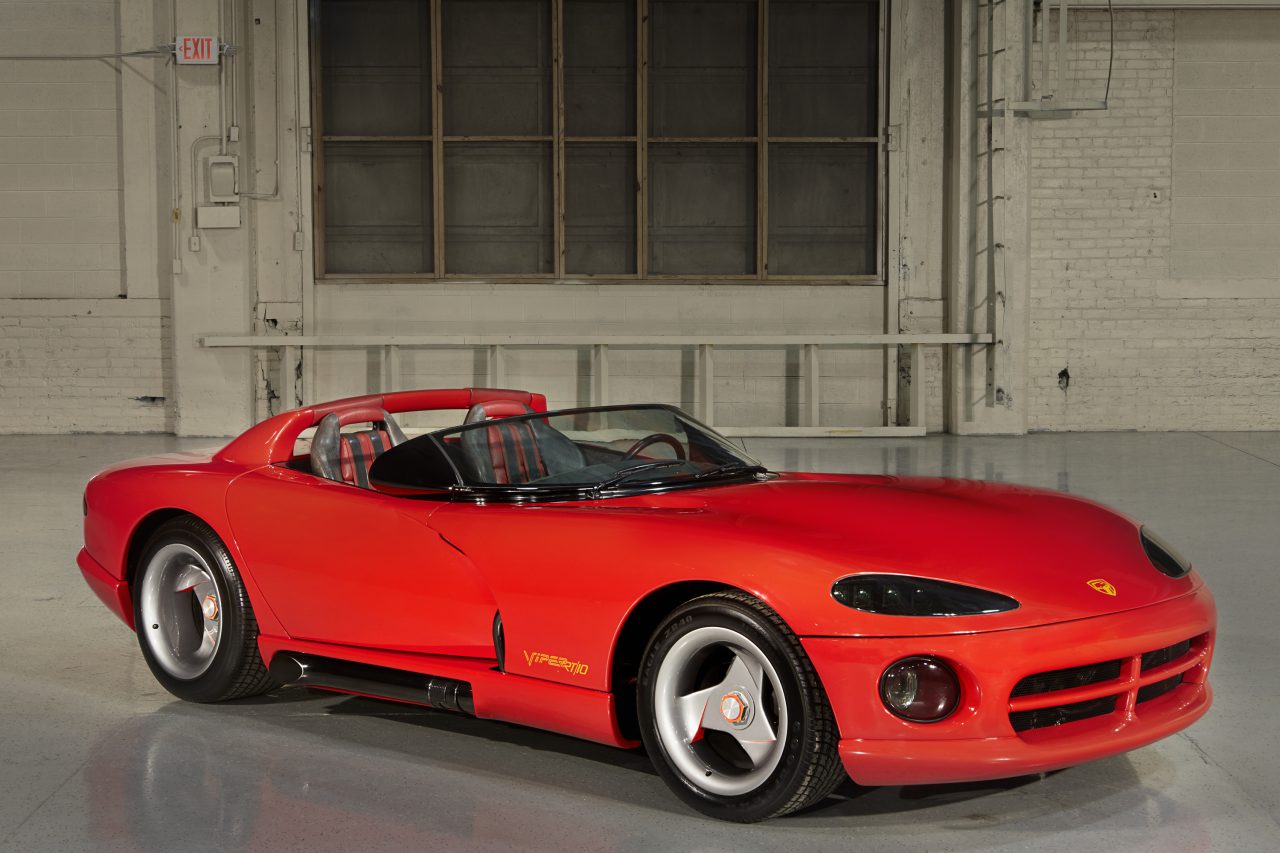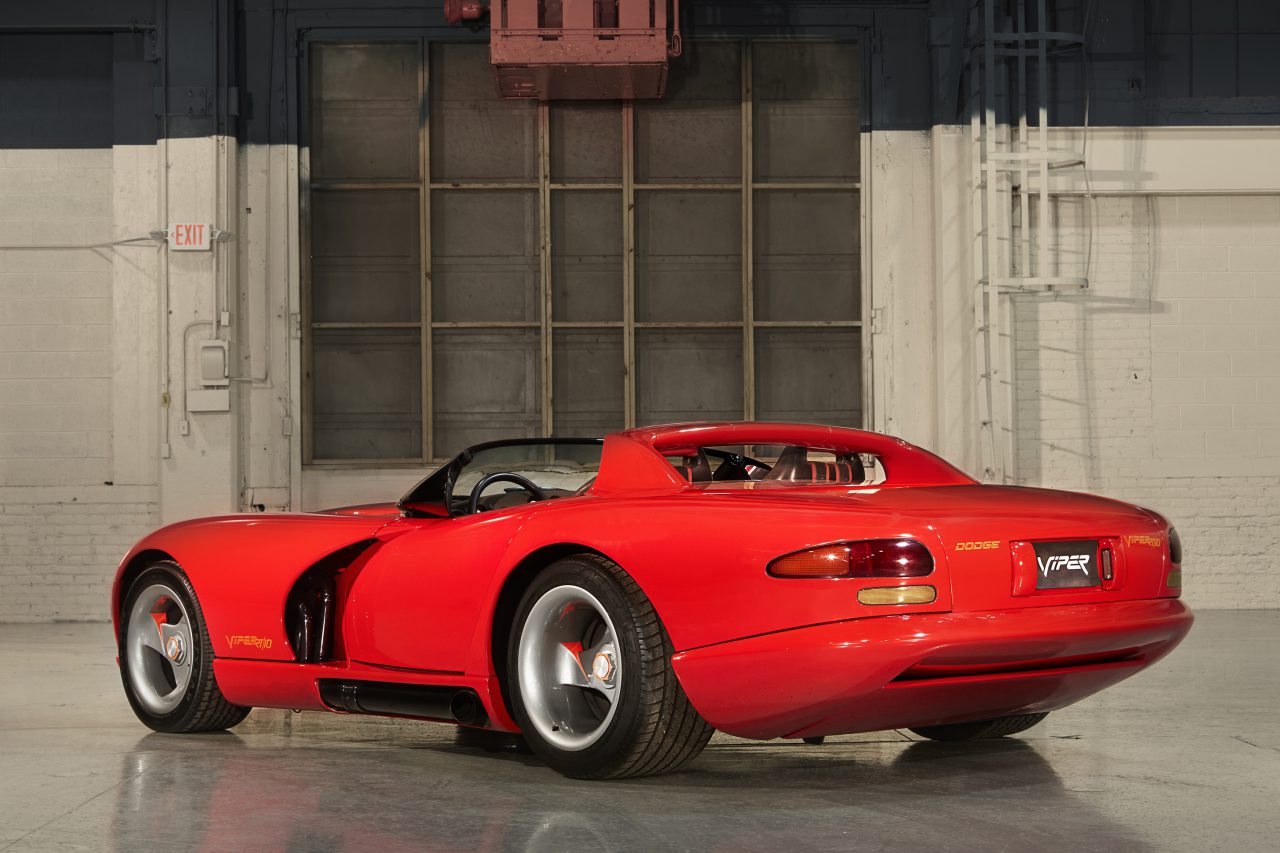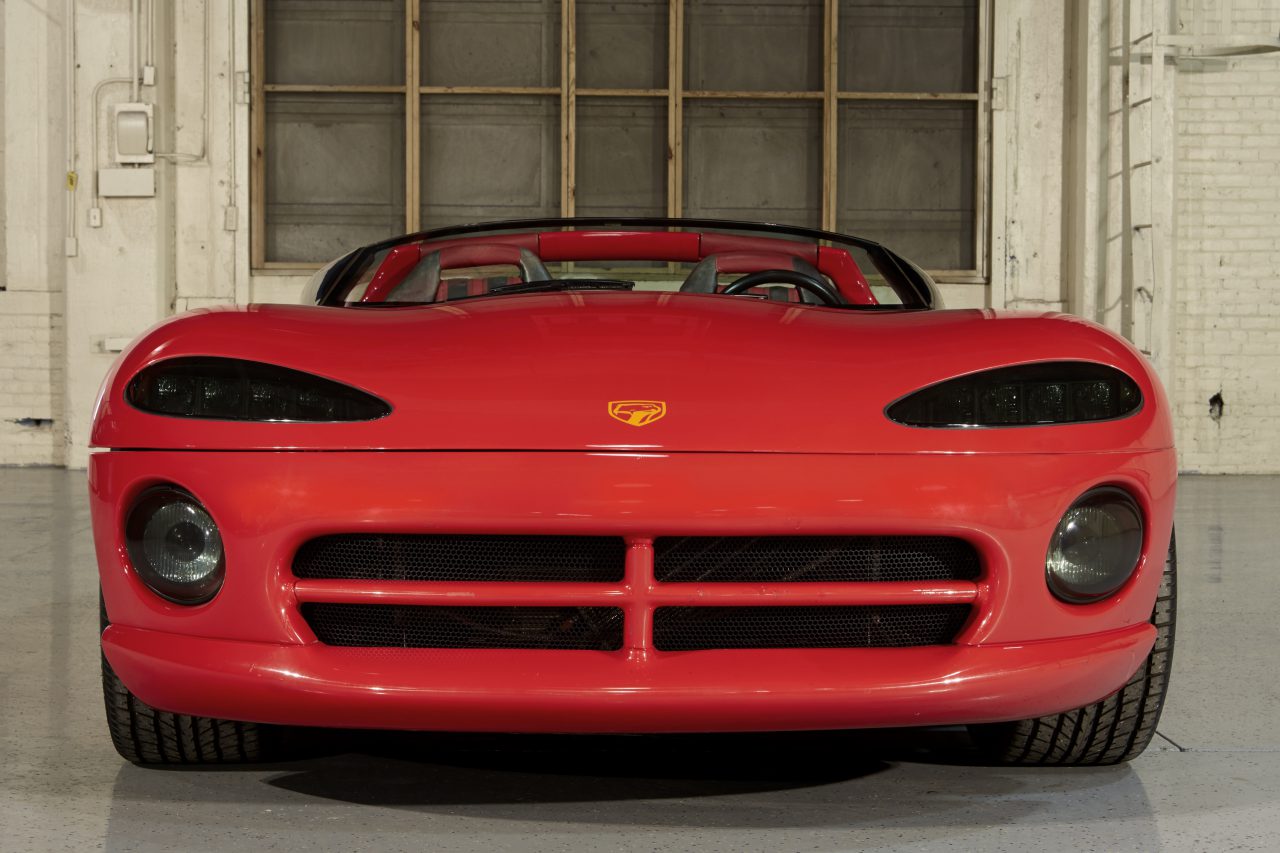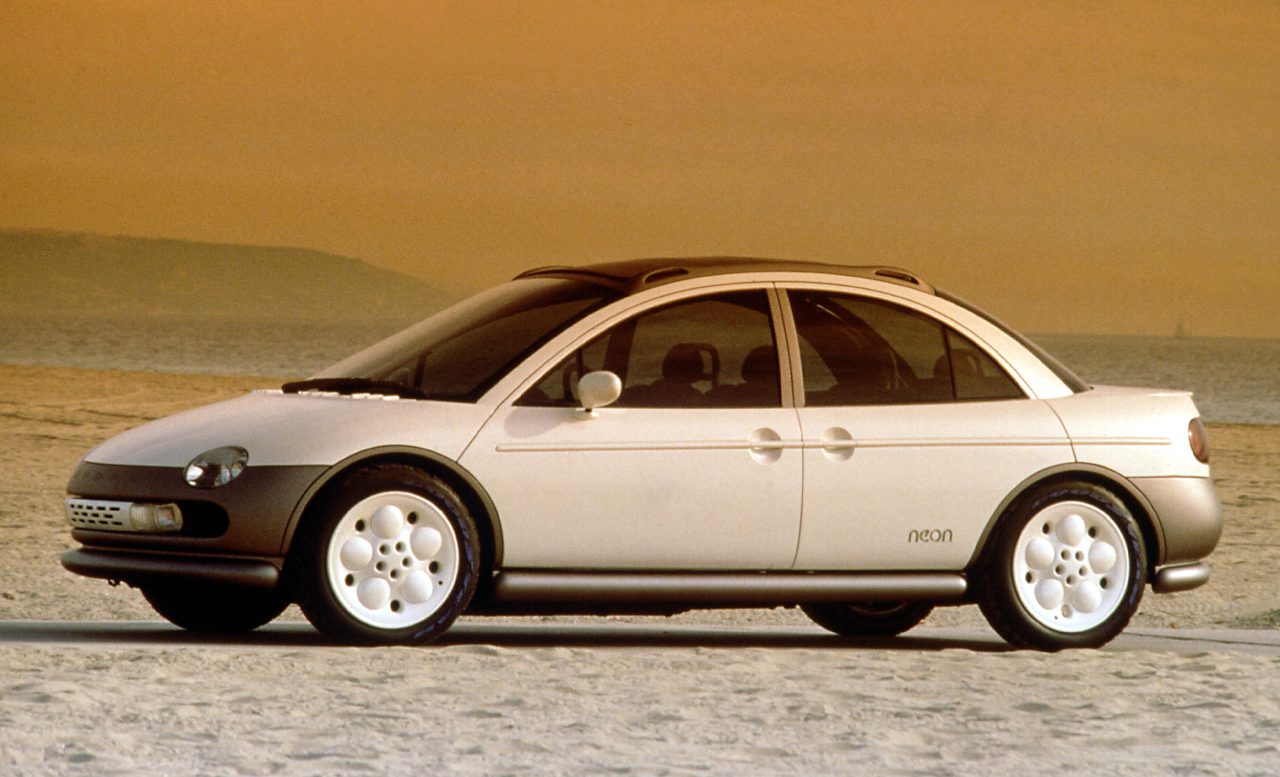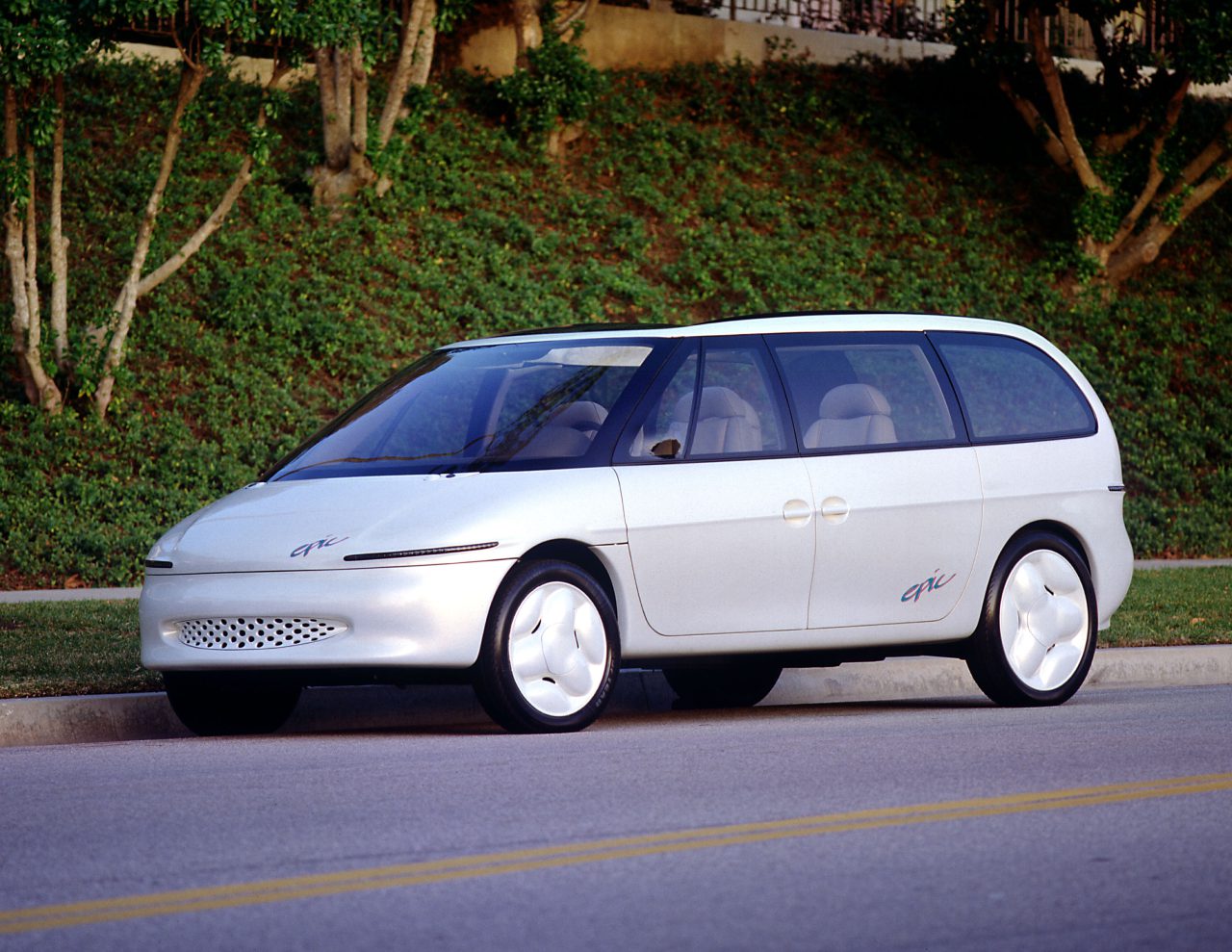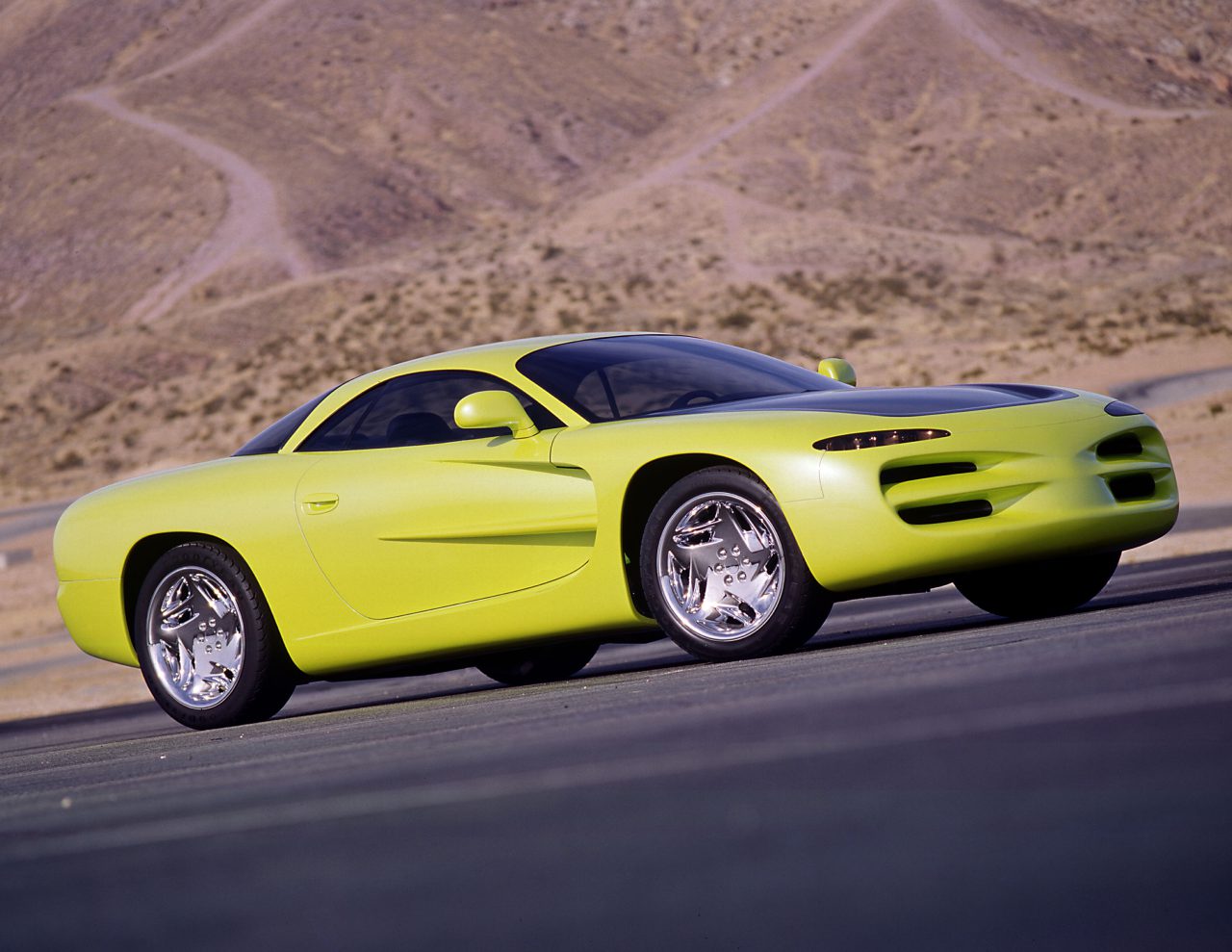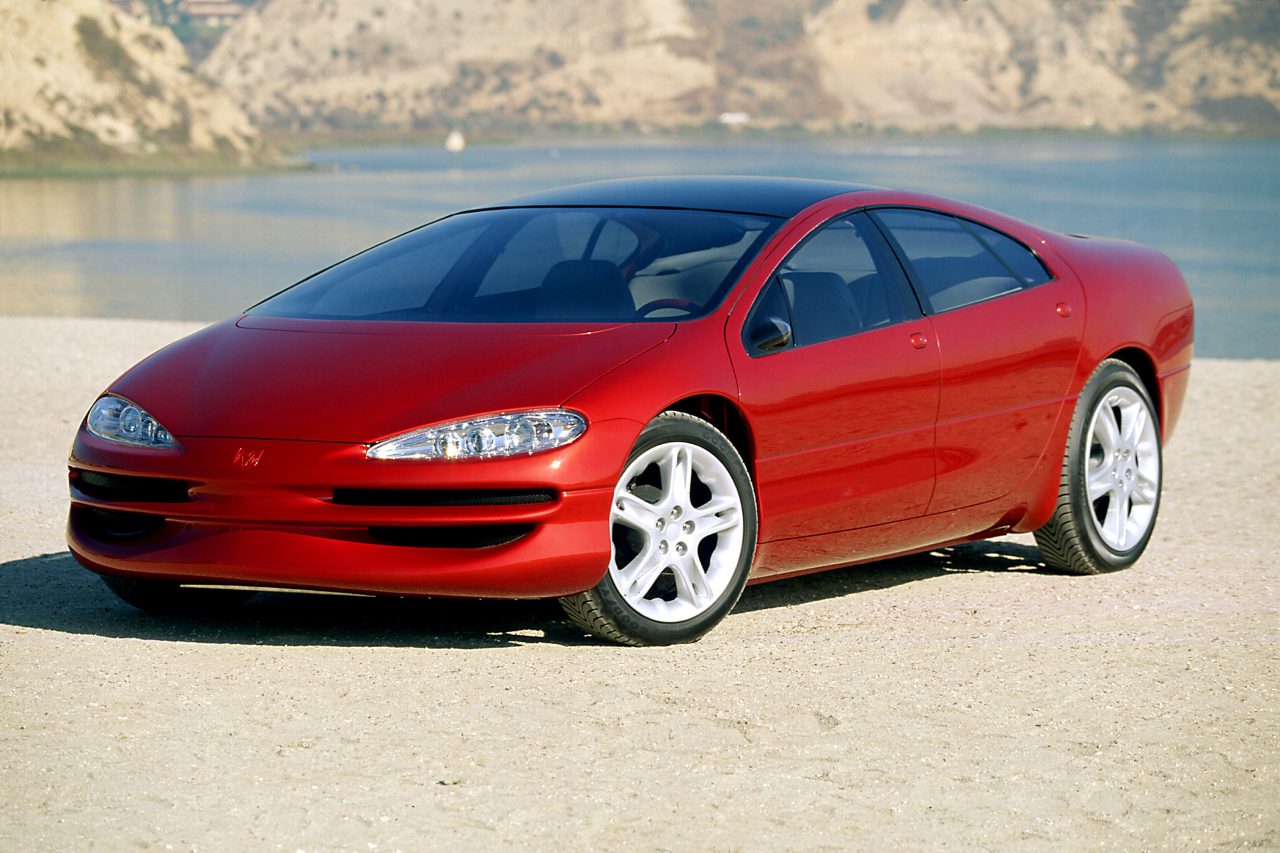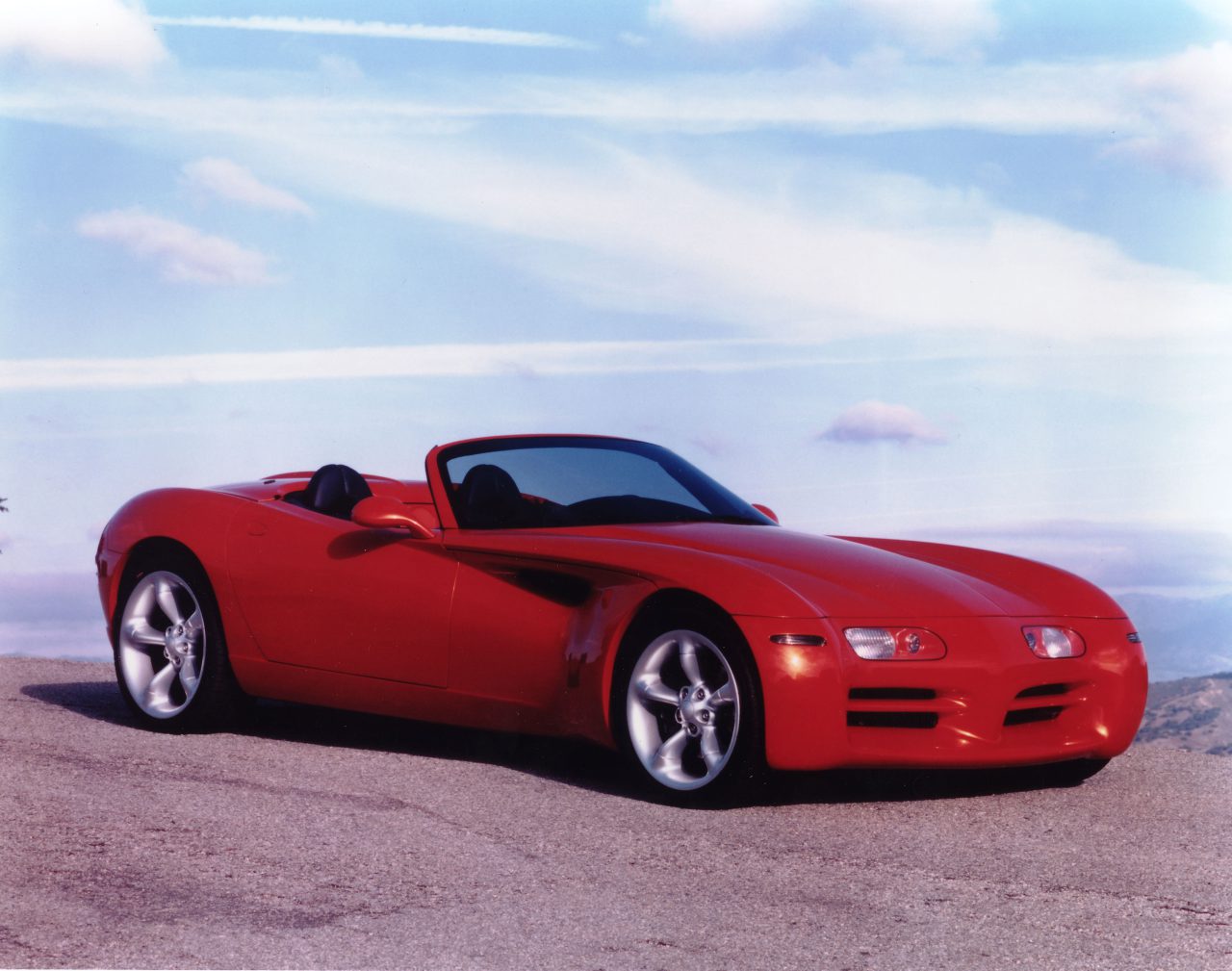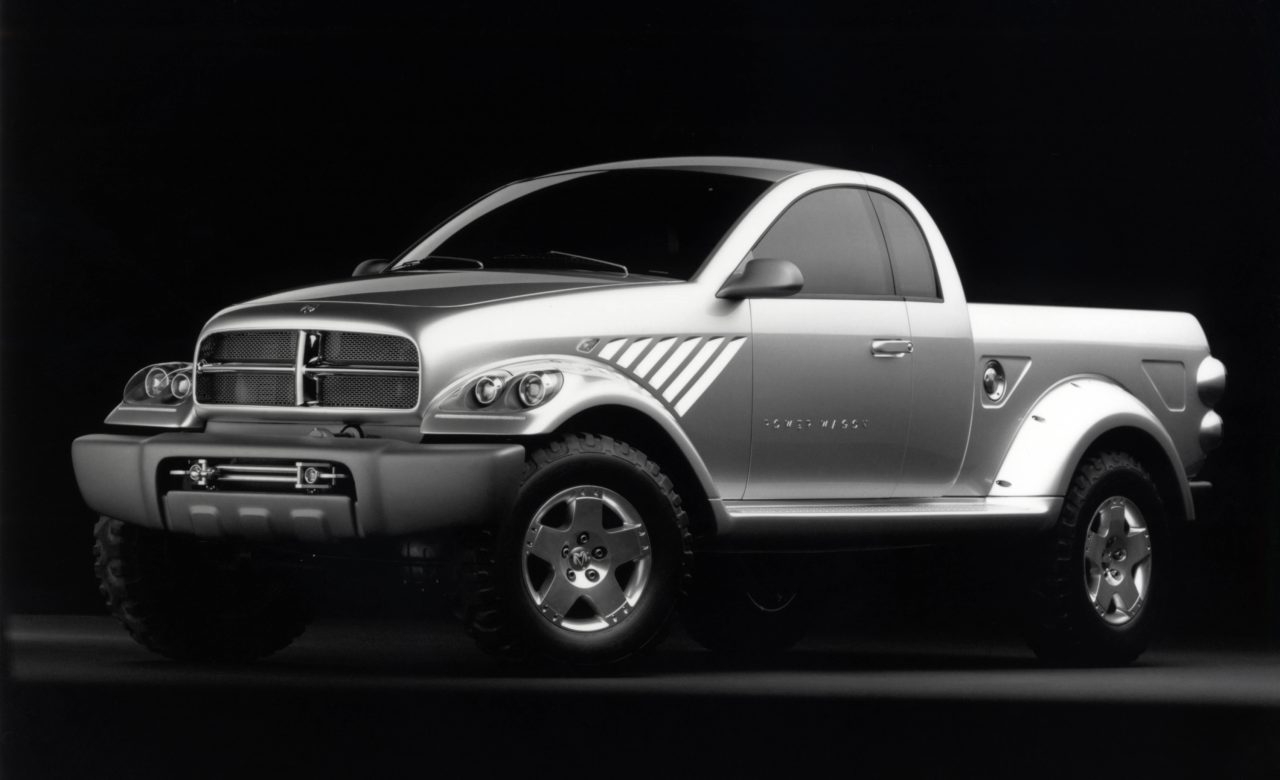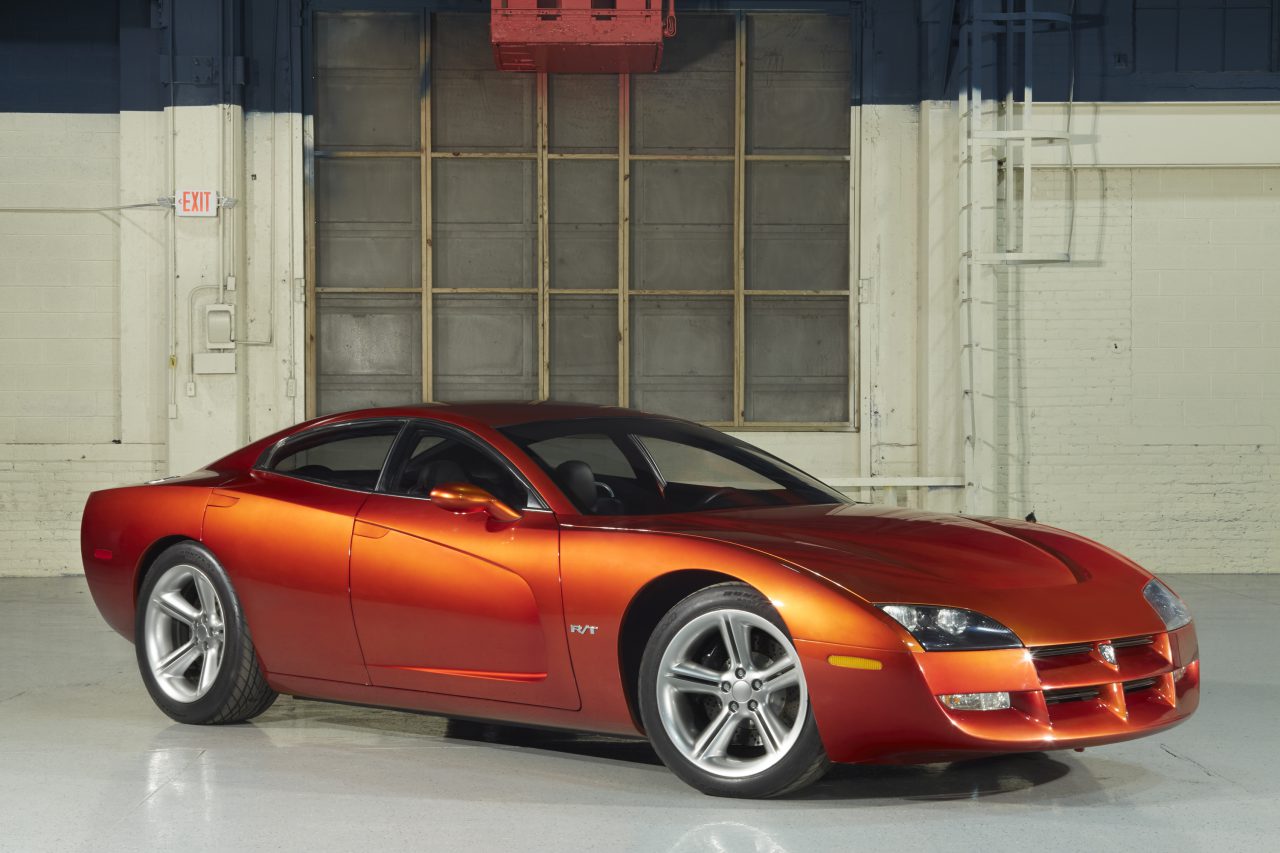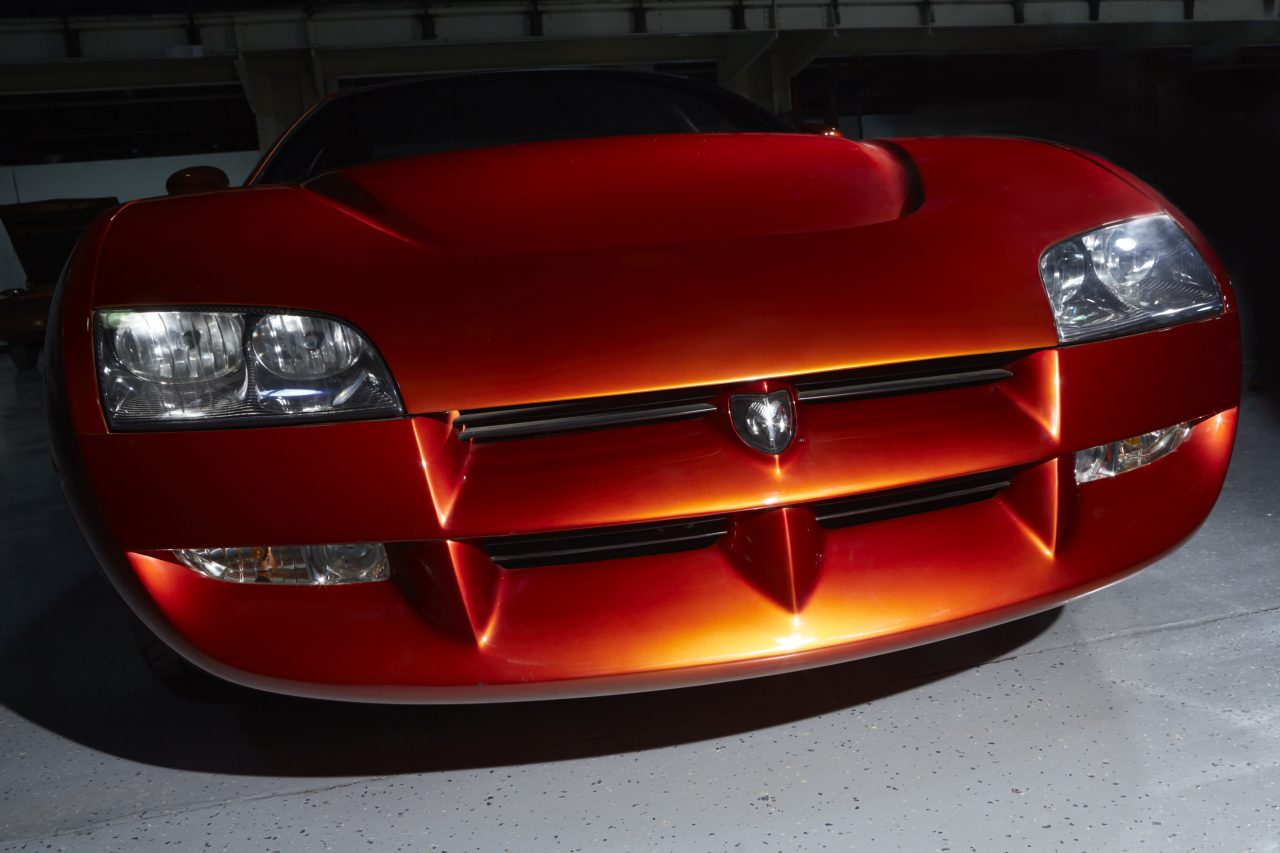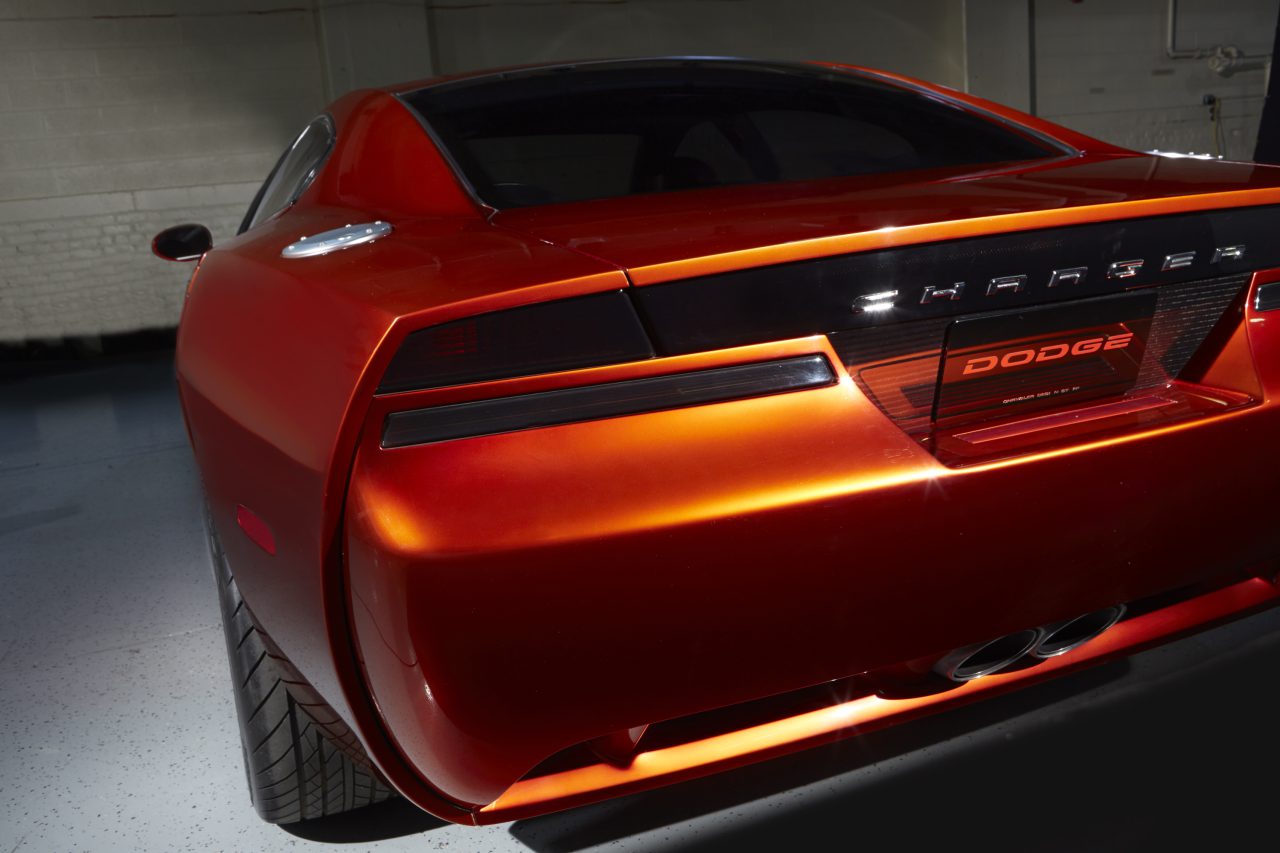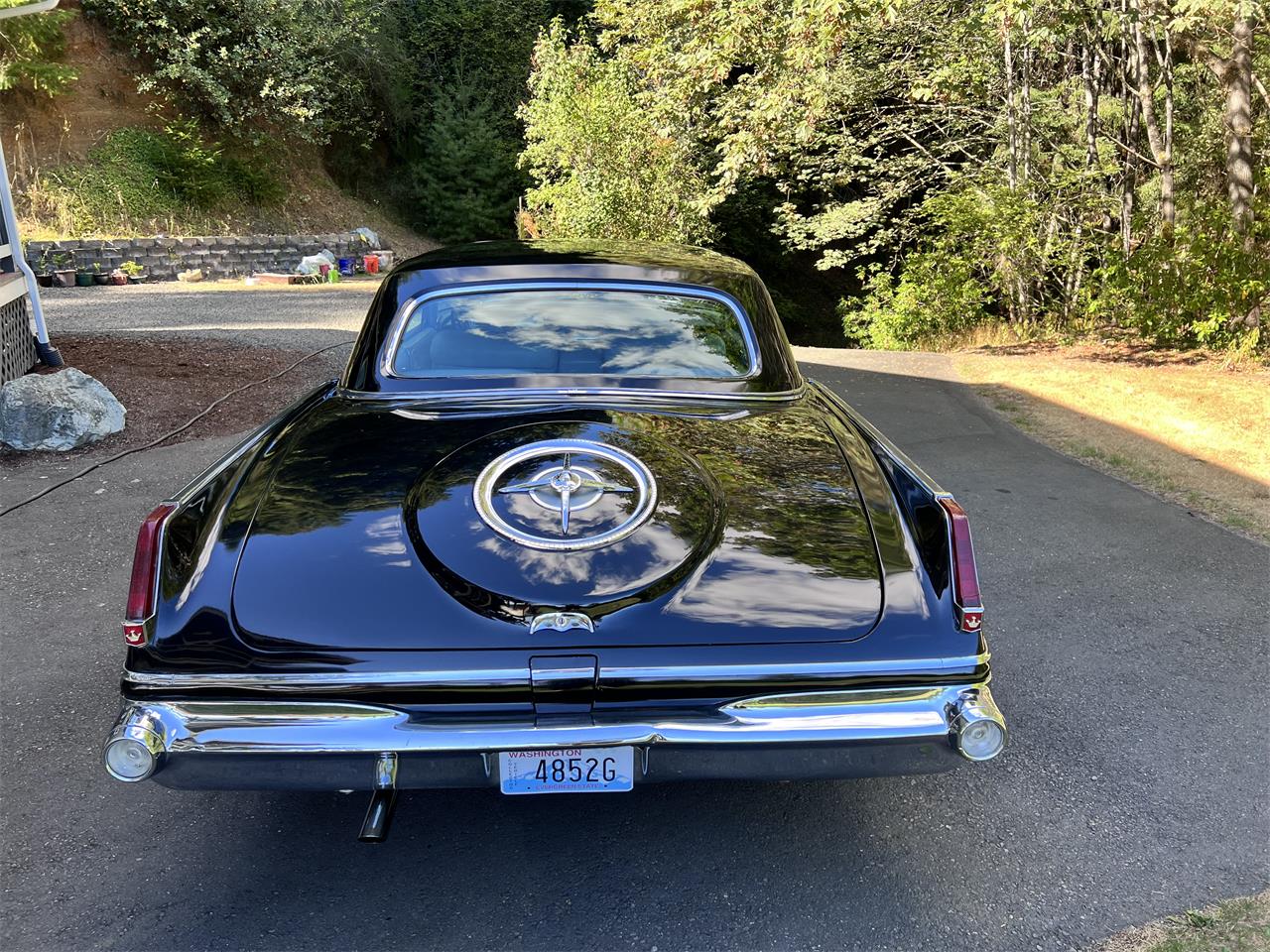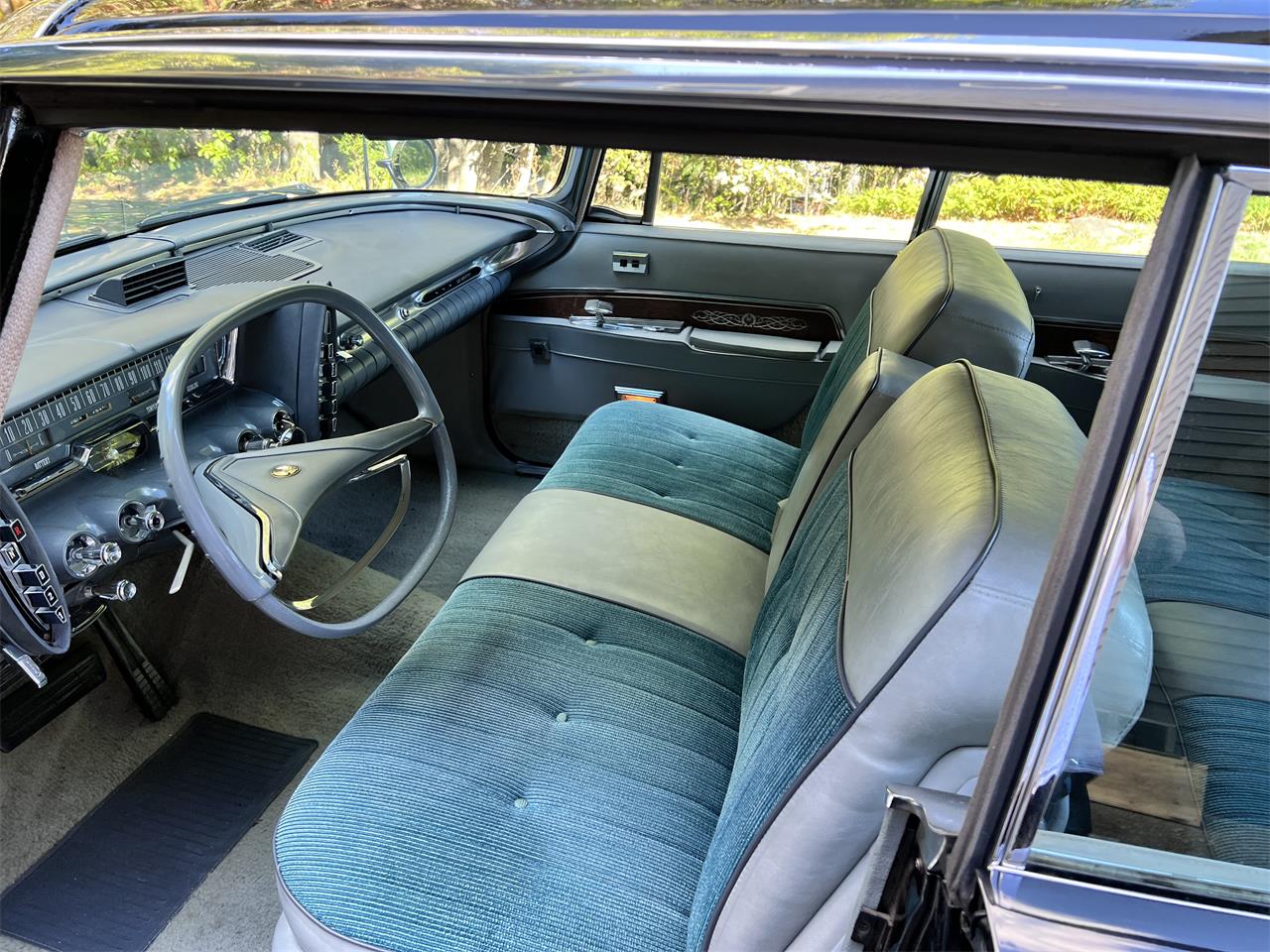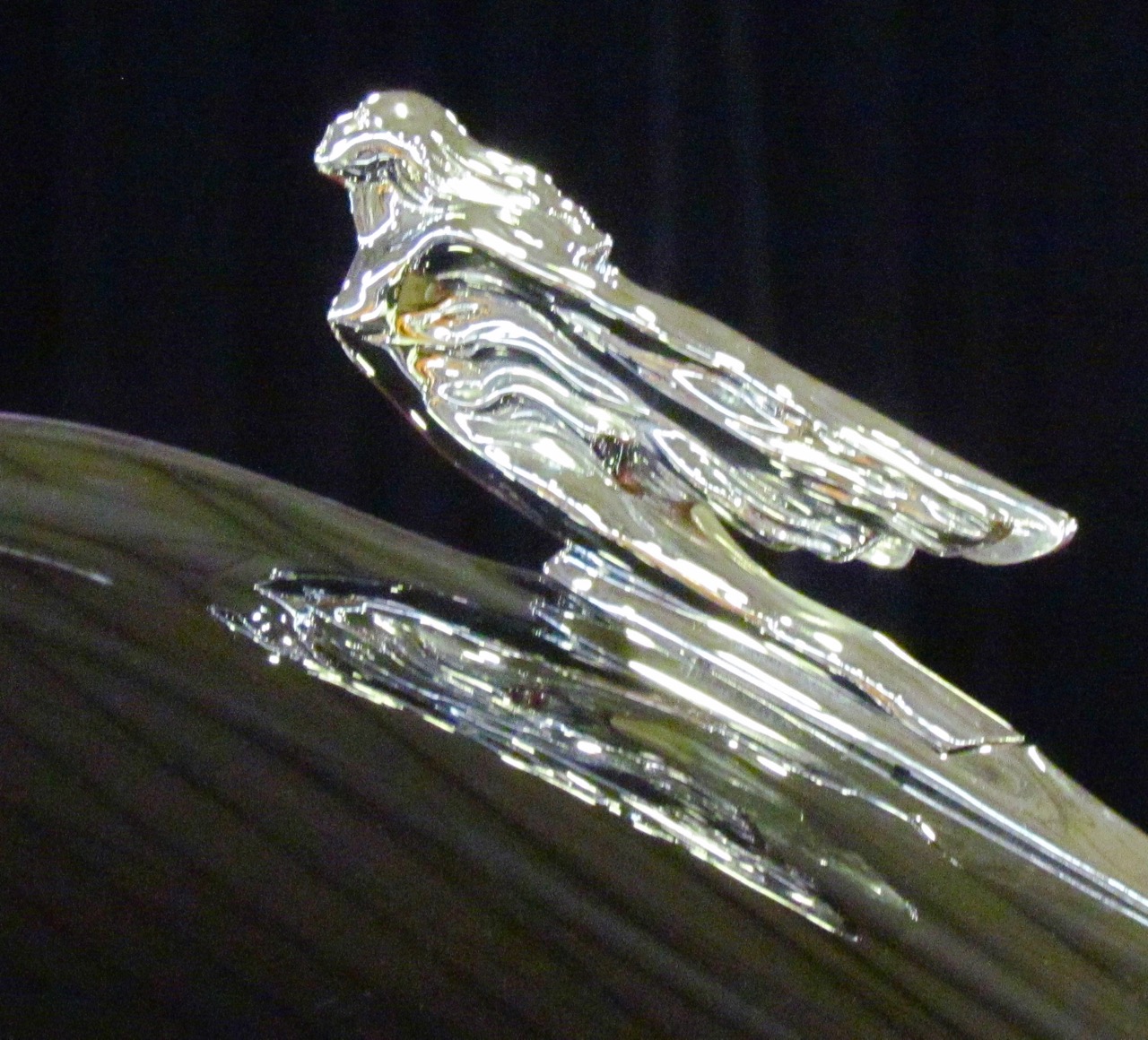Why do people insist on calling Oldsmobile’s main muscle car a “Cutlass 4-4-2”? As an optional package or a bona fide model, the 4-4-2 had its own identity. Do people call GTOs “LeMans GTO”? Nope. Yet the 4-4-2, now deep into its fifth decade of existence, continues to suffer from being misidentified.
This example is a 1969 4-4-2 with a VIN that begins with 344, which makes it a 4-4-2. What is so Cutlass about it? A dismissive Oldsmodude would say the car was being peddled by a flipper or Chevy guy, but the truth is that plenty of people should know better.
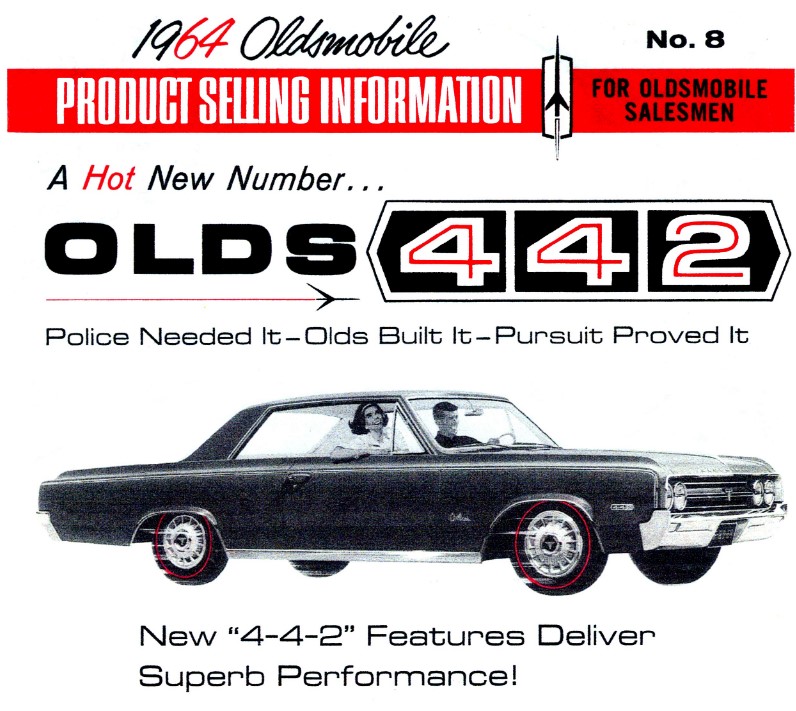
Oldsmobile introduced the B09 package in 1964 for any F85 or Cutlass coupe or sedan. It included a 310-horsepower 310, 4-speed manual transmission, dual exhausts, upgraded suspension, rear stabilizer and more. It was named “4-4-2” due to the 4-speed transmission, 4-barrel carburetor, and 2 exhausts, in line with Oldsmobile’s numeric naming system at the time.
Thanks to the Pontiac GTO’s success, Oldsmobile worked quickly to bring something more competitive to market, resulting in an all-new 345-horsepower 400ci especially created for the package. As the standard transmission was now a 3-speed manual, the name now derived from 400 cubic-inches, 4-barrel carburetor, and 2 exhausts. The package was available on F85 and Cutlass two-doors through 1966.
In some respects, calling a 1964-66 version a “Cutlass 4-4-2’ would not be out of bounds in order to distinguish between trim levels, as F85 and Cutlass A-bodies had different interior and exterior trim, though when’s the last time you’ve seen someone say “F85 4-4-2”?
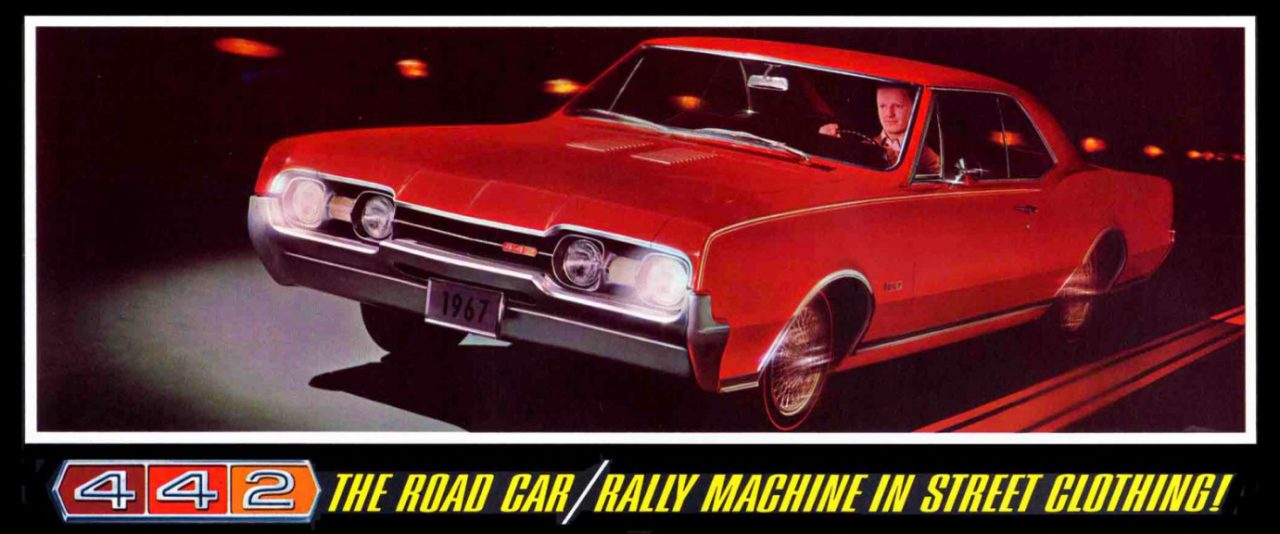
For any topic, there’s always bound to be someone who’s misinformed. Maybe someone is wet behind the ears. Or maybe Uncle Joey led them astray. Perhaps the Internet did a poor job of providing good information since it’s already a wasteland that makes it difficult to discern between good and bad information. Who knows?
Perhaps I should be more relaxed when I get annoyed when people call an Oldsmobile 4-4-2 a “Cutlass 4-4-2,” but sometimes (irony of ironies!) old habits die hard. Whether a package or model, the 4-4-2 had a unique identity that usurped its origins. Even the badge on the dashboard after 1964 proclaims it as a 4-4-2.
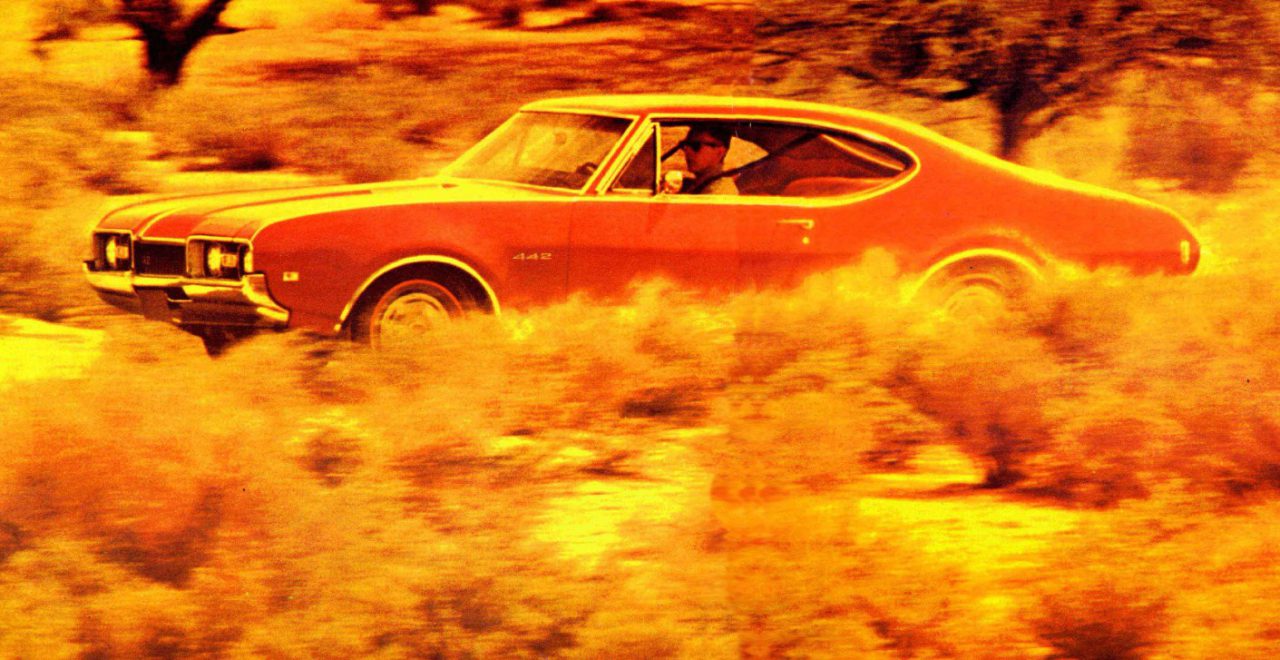
Buick folks have a similar problem with the Gran Sport. For 1965-66, the mid-size performance car was called the Skylark Gran Sport. Starting in 1967, it became the GS 400 (plus its GS 340 stable-mate). At times, you’ll see people write “Skylark GS Stage 1” even though the GS had shed its Skylark duds several years before. What’s next, a Belvedere GTX?
That’s a story for another time.

